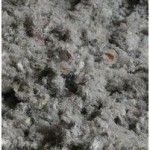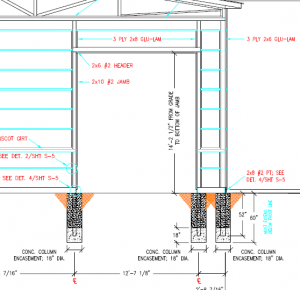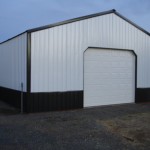Looking for Advice on Insulating My Pole Barn Walls
MATTHEW in CENTRAL ILLINOIS writes:
“Hello! I am a member of the Facebook pole barns and buildings page and see your post with advice often. I honor your opinions. I am wondering if you can help me out. I have a 30×48 pole barn in central Illinois. Concrete floor. I don’t believe there to be a moisture barrier under the concrete. I am wanting some advice on how to finish the inside. I’m thinking about doing bookshelf girts instead of interior girts attached to the poles. Should I use 2×4’s or 2×6’s? My thought is 2×6’s, but should I put them up against the exterior girts, or away from them to allow a space for insulation? There is no house wrap or vapor barrier on the inside of the metal. I would like to heat it as needed during the winter, but only when I’m working on a project. I wouldn’t have continuous heat. What insulation would be safest to use to prevent moisture along with being somewhat affordable? I do have a place about a half mile away that sells factory seconds of various foam boards. I have also heard good things about rock wool. Spray foam seems to be the most popular, but also can be more expensive. What are your suggestions taking in consideration of no current vapor barriers, location, and intermittent usage? “
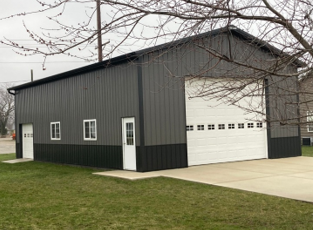
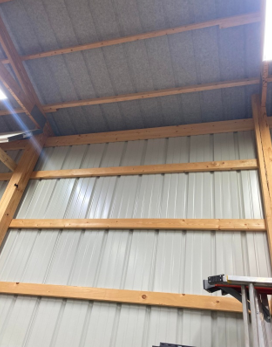
Thank you for reaching out to me. Please message me any time with questions.
If unsure of whether there is a vapor barrier under your concrete slab, start by sealing it.
Here is how: https://www.hansenpolebuildings.com/2019/02/how-to-properly-apply-post-frame-concrete-sealant/
This sealant came highly recommended: https://www.hansenpolebuildings.com/2018/11/siloxa-tek-8505-concrete-sealant/
2×4 #2 bookshelf girts should be stiff enough on your small span between columns to prevent undue deflection of interior finishes, as well as limiting thermal transfer. Hold them flush to the inside of existing wall columns.
I would look to fill your insulation cavity with Rockwool batts, with a well-sealed vapor barrier on the interior.
